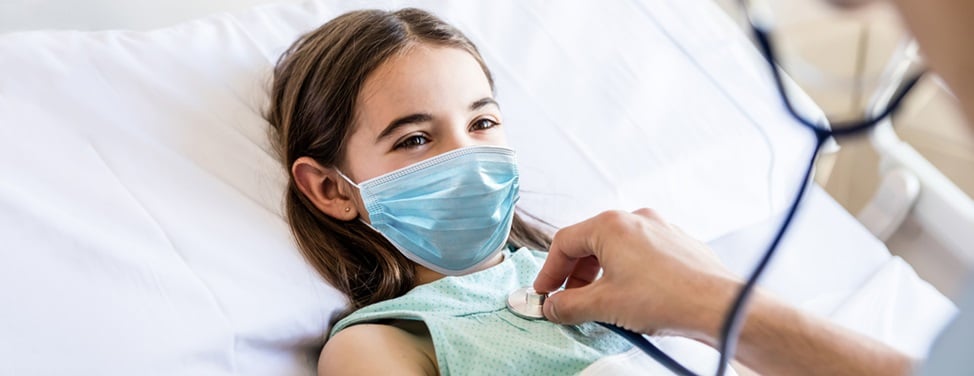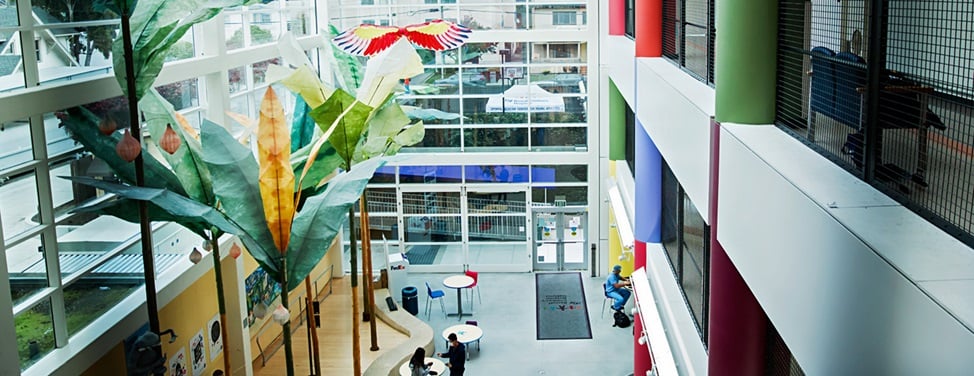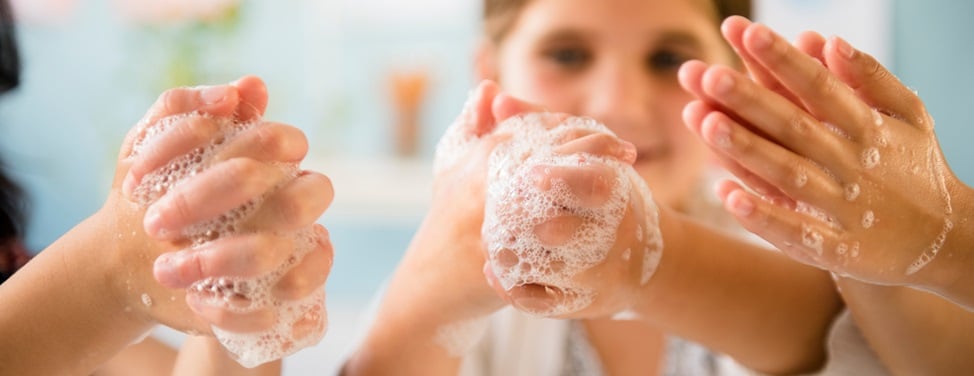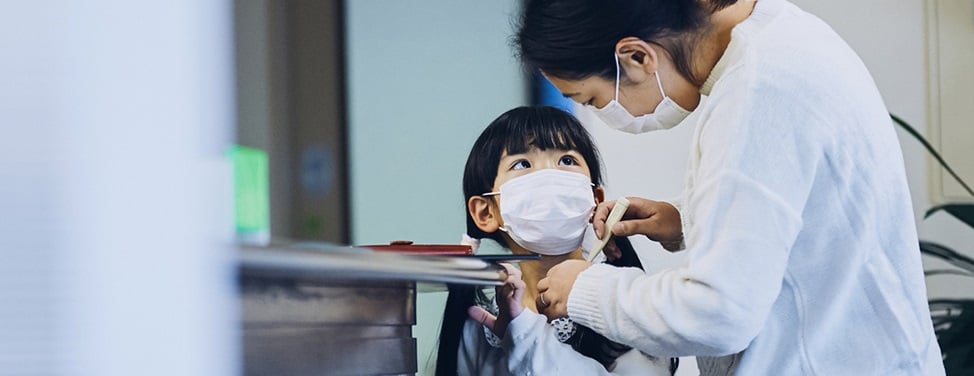One of the most common infections in the hospital is a catheter-associated urinary tract infection (CAUTI). This occurs when germs enter the body via a urinary catheter, a tube inserted into the urinary tract to drain urine. These infections can lead to serious complications, even death, especially for critically ill patients.
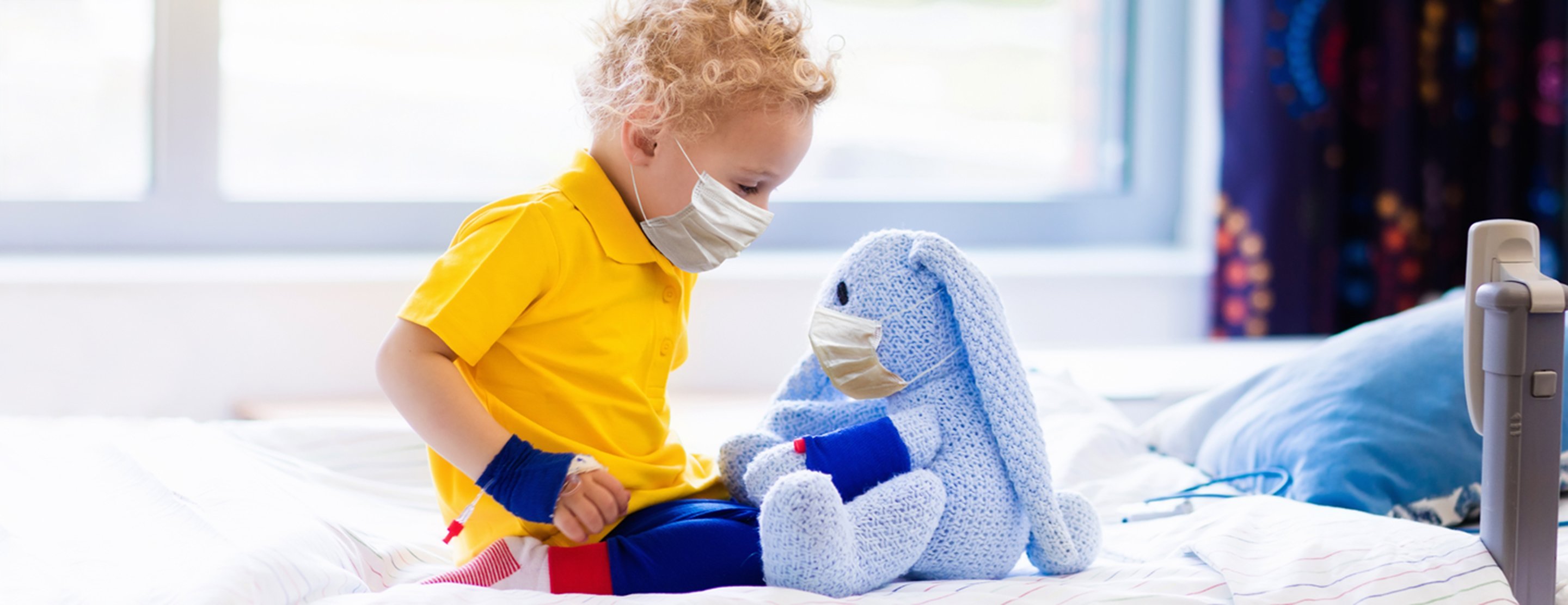
Catheter-Associated Urinary Tract Infections (Oakland)
How does UCSF Benioff Children's Hospital Oakland measure CAUTIs?
The hospital measures these infection rates according to the methods of the National Healthcare Safety Network (NHSN) of the Centers for Disease Control and Prevention. The rate is expressed as the number of infections per 1,000 urinary catheter days (the number of days a patient has a urinary catheter in place).
What is your hospital's CAUTI rate?
Lower is better when comparing these infection rates. Individual hospital units compare their data with NHSN data.
Our goal is to have zero catheter-associated urinary tract infections in our hospital.
Catheter-Associated Urinary Tract Infections
| Year | Infection Rate |
|---|---|
| FY2021 | 4.27 |
| FY2022 | 3.69 |
| FY2023 | 1.72 |
| FY2024 | 0.83 |
| FY2025 | 0.00 |
Rates are derived from the number of catheter-associated urinary tract infections/1,000 patient days.
What does the hospital do to prevent CAUTIs?
We treat the insertion of a urinary catheter as an aseptic procedure, using sterile gloves and equipment. Doctors and nurses thoroughly wash their hands before the procedure.
All patients with urinary catheters are assessed each day to determine whether the catheter is still necessary. When it's no longer needed, it is removed. Each day a urinary catheter remains in place, we clean the catheter and the patient to reduce the number of germs that can cause infection.
In addition, a committee of infection control nurses, bedside nurses and doctors meets regularly to review infection rates and examine our procedures. If a CAUTI occurs, this committee evaluates what, if anything, went wrong.
What can parents do?
Talk to your child's health care team. Find out when the catheter can be safely removed. If you think a doctor, nurse or technician hasn't cleaned their hands, ask them to do so before touching you, your child or your child's catheter.
Contact us
(415) 353-1936
Related articles
Translation, please
We have interpreters for Cantonese, Mandarin, Spanish, Russian, American Sign Language and more.
Request an interpreter




























